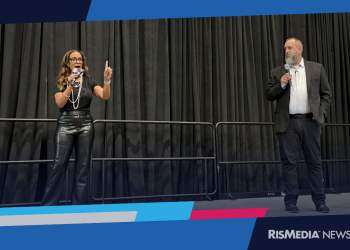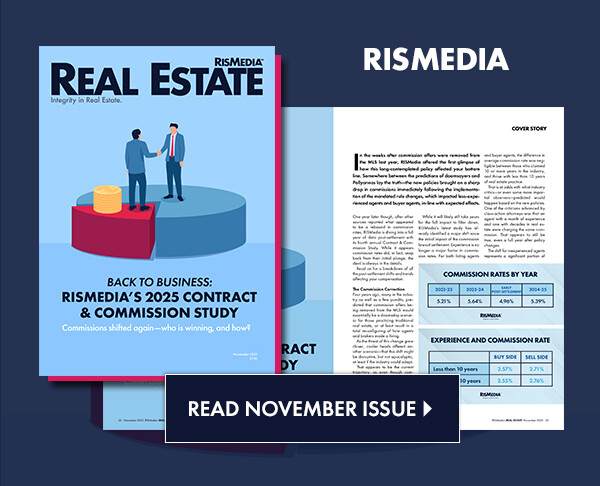(TNS)—Homeowners who want to shave off dollars from their monthly mortgage payment, as well as save money on interest, might consider a mortgage recast.
What Is Mortgage Recasting?
A mortgage recasting, or loan recast, is when a borrower makes a large, lump-sum payment toward the principal balance of their mortgage and the lender, in turn, reamortizes the loan. This means that your loan is reduced to reflect the new balance.
Recasting cuts your monthly payments and the amount of interest you’ll pay over the life of the loan. It does not, however, affect your interest rate or the terms of your loan. In this way, mortgage recasting offers two—and possibly three—attractive benefits for homeowners with some extra cash in their pocket to pay down the balance:
- Lower monthly payments
- Less interest paid over the life of the loan
- If you have a low interest rate, that will stay the same. (Conversely, if your interest rate is high, recasting won’t help that.)
How Mortgage Recasting Works
In order to do a loan recast, borrowers must make a large lump-sum payment toward the loan principal. Lenders usually require $5,000 or more to recast a mortgage. The remaining balance is then amortized to reduce the monthly payments. There are usually fees associated with recasting. The fees vary by lender, but they typically don’t exceed a few hundred dollars.
Recasting not only results in lower monthly payments but borrowers will also pay less interest over the life of the loan. For example, if your 30-year mortgage carries a principal balance of $200,000 with a 5 percent interest rate, you might pay $1,200 per month. If you spend $50,000 to recast your mortgage, plus a $250 recasting fee, you’ll end up saving almost $35,000 in interest payments and about $300 per month in monthly mortgage payments. Of course, the money you sink into the house in the recast won’t be available for investing or other purposes.
Keep in mind, recasting doesn’t reduce the term of your mortgage, just how much you pay each month.
Mortgage Recasting Qualifications and Availability
Before you get excited about lower monthly payments, first make sure your lender offers recasting—many don’t. It’s also not something that’s normally advertised, but most of the big banks offer it, including Chase, Bank of America and Wells Fargo. Plus, not all mortgages qualify for recasting; some types of loans, like FHA loans and VA loans, can’t be recast.
Mortgage Recasting vs. Refinancing
There’s a big difference between recasting a mortgage and refinancing one, even though both can help borrowers save money. Recasting is easier than refinancing because it requires only a lump sum of money in exchange for lower monthly payments. With recasting, you’re keeping your existing loan, only adjusting the amortization. You wouldn’t be able to get a lower interest rate with recasting, like you might with refinancing. On the other hand, if your interest rate is already low then refinancing could have a negative effect—especially if the current rates are higher.
Refinancing, conversely, requires that you apply for a brand-new loan and pay all the fees that go with it, such as closing costs and appraisal. The new loan would pay off your existing loan, so you could end up with a new mortgage as well as new interest rates.
People typically do this to get a lower interest rate or to go from an adjustable-rate mortgage to a fixed-rate mortgage. If you already have a fixed-rate mortgage with a low interest rate, then a refi wouldn’t help you. On the other hand, if you have a low-interest, 30-year fixed-rate mortgage and want lower monthly payments, then you might consider a recast.
The Drawbacks of Mortgage Recasting
The biggest financial drawback of recasting is that you’re putting a large sum of money into equity. These are a few reasons you might want to rethink recasting:
- It doesn’t shorten the length of your mortgage.
- Your interest rate stays the same, a disadvantage if you have a higher interest rate.
- More of your cash is tied up in equity.
- Lender charges a fee, typically no more than a few hundred dollars, to recast a loan.
In the current climate, with relatively low mortgage rates and a strong market, a loan recast might not make sense for some.
©2019 Bankrate.com
Distributed by Tribune Content Agency, LLC











